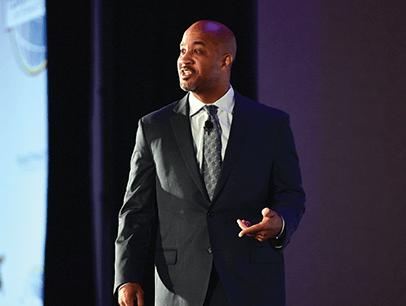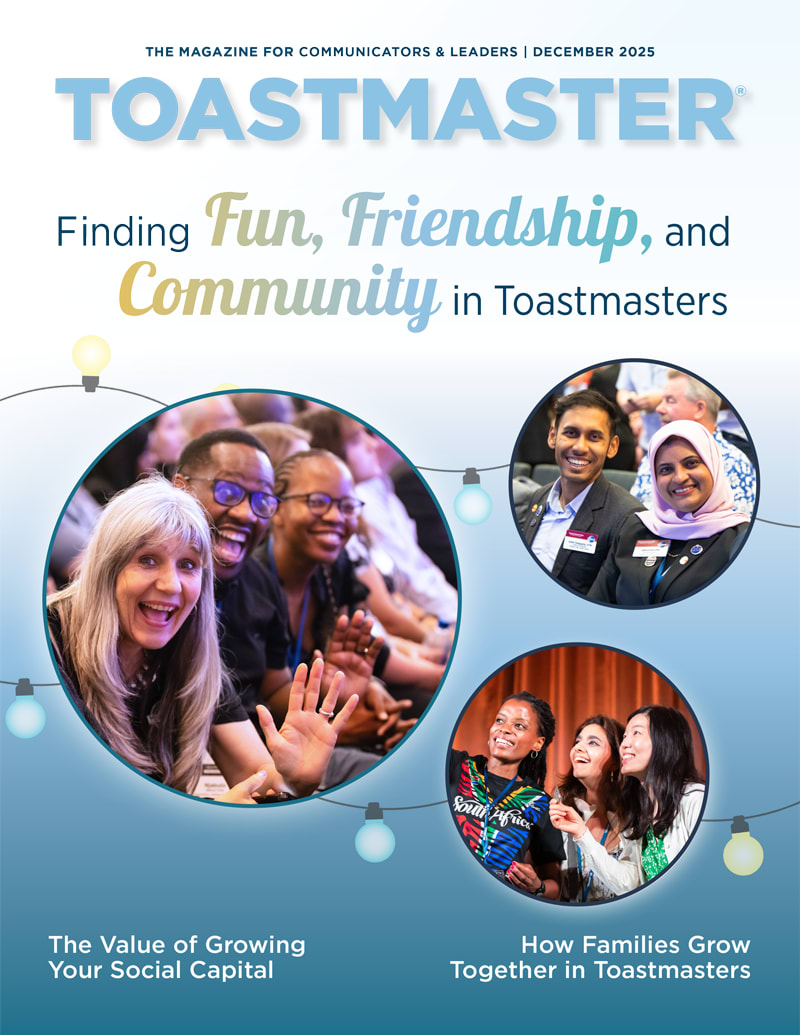
Stories are an important part of many speeches and much has been written on how to craft a great one. Most of that centers on the words you choose to create a compelling story. But if you are relating your story via the spoken word, how you perform that story is also very important.
A story is not a narrative where you are merely recounting facts. “This happened, then this happened, then this happened—blah, blah, blah.” A story is an opportunity to bring your listeners into the event and enable them to experience it for themselves.
Two of the best ways to do that are through dialogue and an appropriate amount of drama. Here are four ways you can engage your listeners through words and actions.
First, make the story seem real.
This is not a time to sound bored or disinterested.
If this is a personal story, I, the listener, want to feel that it is meaningful to you, the speaker. I want to feel that you really care about it. Note that I said “feel,” not “think.” You need to convey that sense through your expressiveness. As you tell us the story, relive it in your own mind.
Watch how Cyril Junior Dim, 2022 World Champion of Public Speaking, weaves storytelling into his winning speech, “Ndini.”
If this is a true story about someone else, let me sense that you care about this as well.
A story is an opportunity to bring your listeners into the event and enable them to experience it for themselves.
If it is an obviously fictionalized story, this is where you can have some real fun, especially if there is a tongue-in-cheek component to your story. This is where you can exaggerate and get away with it.
As a listener, I want to live the experience myself. To provide that experience, you must appeal to as many of my senses as you can. Describe the events in vivid detail. Use elements of sight, sound, smell, touch, and taste as much as you can.
Second, don’t just narrate the story,
include characters, and let them speak for themselves. Use dialogue. Give each individual a unique voice and personality. If you are recounting a real story, the characterizations need not be exact unless your audience knows the individuals involved. The point of the story is the important part.
If it is a fictional story, you have more flexibility in your characterizations. If the story requires it, give them standard personalities, although they could be slightly exaggerated.
However, if the story allows it, make them bigger than life or, perhaps, strongly exaggerated, a caricature even.
Be sure to communicate the emotions of each character. The spoken word gives you the opportunity to transfer these emotions into the minds of your listeners.
Third, add in a sense of wonderment.
This is one aspect that I look for in a story. Merriam-Webster’s definition of “wonder” is “exciting amazement or admiration.”
If you are rendering a story in a corporate setting, perhaps a sales presentation, this may only take the form of slight excitement. In a more casual setting, particularly if it is a humorous story, you could be more expressive. Think how you would tell a story to a group of children. “Once upon a time …” While that persona might be a bit too much for adults, that is the direction that you might consider. And if you are telling a tall tale in a Toastmasters contest, don’t hold back.
Fourth, bring in some suspense.
This is not something that fits with all stories. But if it fits with yours, it can keep your audience members at the edge of their seats. And it can make your story that much more memorable.
This starts with your words. Leave some doubt in what will happen to your characters. But also use your voice to create that suspense. Pauses are great here. As is a sense of strong drama and intensity.
Personally, I enjoy being expressive on stage. And because of that, I really enjoy storytelling, especially the fictitious kind. Be as expressive as your story will allow you to be.
You want your audience members to want to listen to you. You want them to get the point that you are making with your story. Yes, you could tell them the lesson in words (“and the moral of the story is …”), but it is far better if they see it for themselves and even feel it for themselves.
Communicate the importance of the message. Communicate the drama of the experience. Communicate the emotions that you want your listeners to carry away with them, for that will be what they remember long after your presentation is over.
Bill Brown, DTM is a speech delivery coach in Gillette, Wyoming. He is a member of Energy Capital Toastmasters in Gillette. Learn more at billbrownspeechcoach.com.
Related Articles

Communication
Using Stories to Breathe Life into Every Speech

Presentation Skills
The Anatomy of a Story

Presentation Skills



 Previous
Previous

 Previous Article
Previous Article